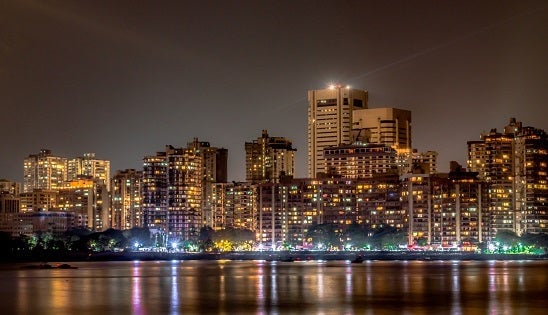Indian numerals: Jailed in Pakistan, SoftBank softens, and a realty check
A weekly wrap of the Indian economy, by the numbers


1 in 2: Indian real-estate barons whose fortunes eroded in 2022-23
Five out of India’s top ten real-estate entrepreneurs saw their personal wealth shrink over 2022-23, according to the Grohe-Hurun India Real Estate Rich List 2023. Mangal Prabhat Lodha and his family, the promoters of Macrotech Developers, suffered the steepest fall, with their wealth eroding by 20%. Rajiv Singh of DLF, Jitendra Virwani of Embassy Office Parks, Basant Bansal and his family of M3M India, and Raja Bagmane of Bagmane Developers were the others who were worst-hit. The BSE Realty index fell 17.7% during the period.
Suggested Reading
500: Indians in Pakistani jails
Around 200 Indian prisoners were released from prisons in Pakistan earlier this month, according to the Indian Express. Ten of them were mentally unwell and admitted to Lahore’s Punjab Institute of Mental Health, the report said. At least 500 Indians remain in Pakistani prisons despite having served their sentences. Of these, 455 are fishermen, according to data released by the Indian foreign ministry.
Related Content
30%: Decline in PC sales in India
The sale of personal computers (PCs) slumped to around 3 million units in the first quarter of 2023, a slide of 30% compared to the same period the previous year. Business and commercial PCs, which made up over 58% of the Indian PC market in this period, witnessed a 25% decline, figures from International Data Corporation revealed. The US manufacturer HP led the market during the quarter, with a 33.8% share of total sales.
$15 billion: Softbank’s total investment in India
SoftBank plans to invest up to $500 million in a handful of Indian startups, Business Standard reported, citing company sources. This sum is much smaller than its 2021 investments, totaling $3.2 billion. Till date, SoftBank is estimated to have poured up to $15 billion into the Indian startup sector.
64%: The share of GST paid by India’s poorest half
The poorest 50% of India’s population pays a little less than two-thirds of the country’s goods and service tax (GST). A third of all GST is paid by the 40% of people who comprise the middle class, while the richest 10% pay only 3-4%, according to an Oxfam report. The poorest 50% pays six times more by way of indirect taxation, as a percentage of income, compared to the top 10%, the report said.
